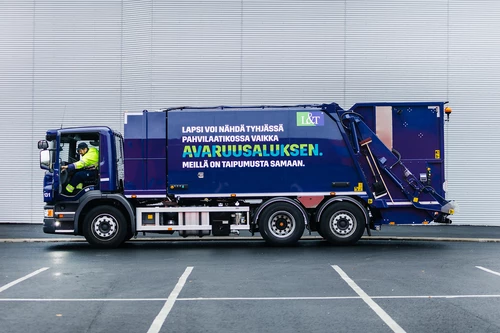
2. Eliminate human error
Rule-based robots and sophisticated algorithms minimise the risk of human error and individual speculation. Nordea’s AutoFX Liquidity Management solution, for example, ensures that a company’s currency flows are traded in line with its strategy at all times. The currency robot uses a pre-defined framework to trade based on account balances.
“Manual trades can easily go wrong and run afoul of the company’s financial policy. Automated trading within a rule-based framework prevents that risk,” says Jansell.
Automation can also ensure transparency and regulatory compliance, for example, with automatic post-trade documentation and accounting via Nordea’s FX Trade Retriever API.
3. Optimise the financial outcome
Automation not only saves time, it also improves the result. As Thule Group’s Group Treasury Director Dino Tufek explains, a manual approach requires carving out the tasks that make the biggest difference. With automation, you can optimise to perfection.
For example, instead of managing liquidity by choosing to act on only your top three or five currencies, you can include all flows in your automated approach, also the smaller currencies. Or instead of acting once a week, you can do so daily or even hourly. That higher frequency means fewer open positions and a better overall result.
4. Apply full-scale treasury strategies to smaller operations
A small treasury or finance department may not have the time or resources to execute all of the tasks traditionally done by a larger treasury team. For example, it may not make sense to hire a full-time employee to take care of liquidity management. Smaller treasury operations may assess the liquidity situation once a month, while automated solutions can optimize it every day, or even more frequently for some customers.
“Automation allows the team to add additional functions. Instead of reducing FTEs, it’s adding a new digital one,” says Jansell.
5. Make better use of data
When it comes to number crunching and digesting large quantities of data, machines have the upper hand over humans. Automated solutions can analyse vast volumes of data quickly, helping treasurers make informed decisions, for example, on how to optimise their hedging strategy.
Data analytics is only growing in importance, with the vast majority of Nordic corporates expecting such technology to be implemented in their businesses in the coming years, according to Nordea’s annual treasury survey.







